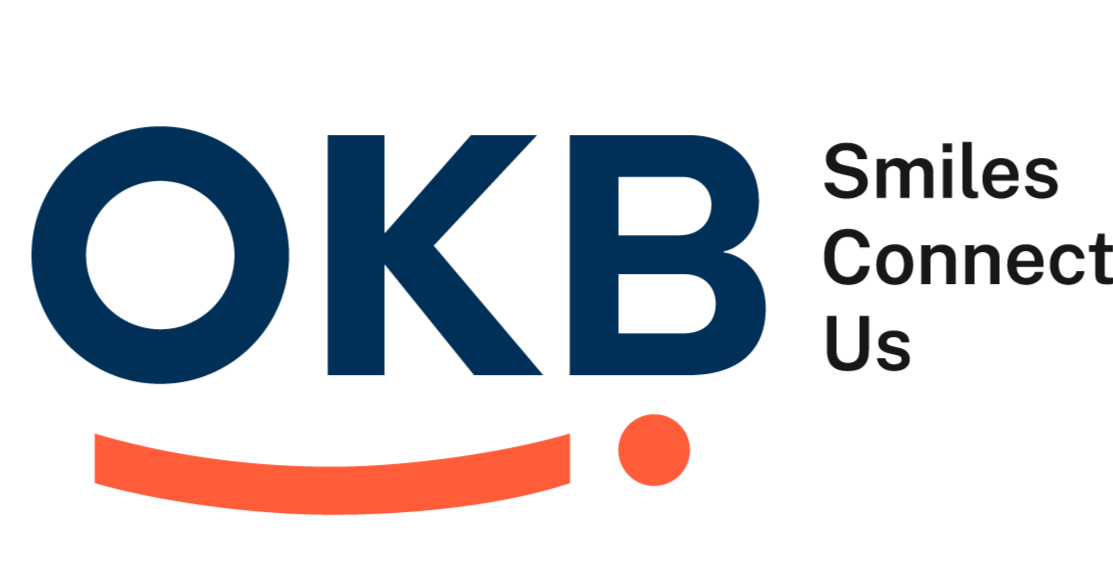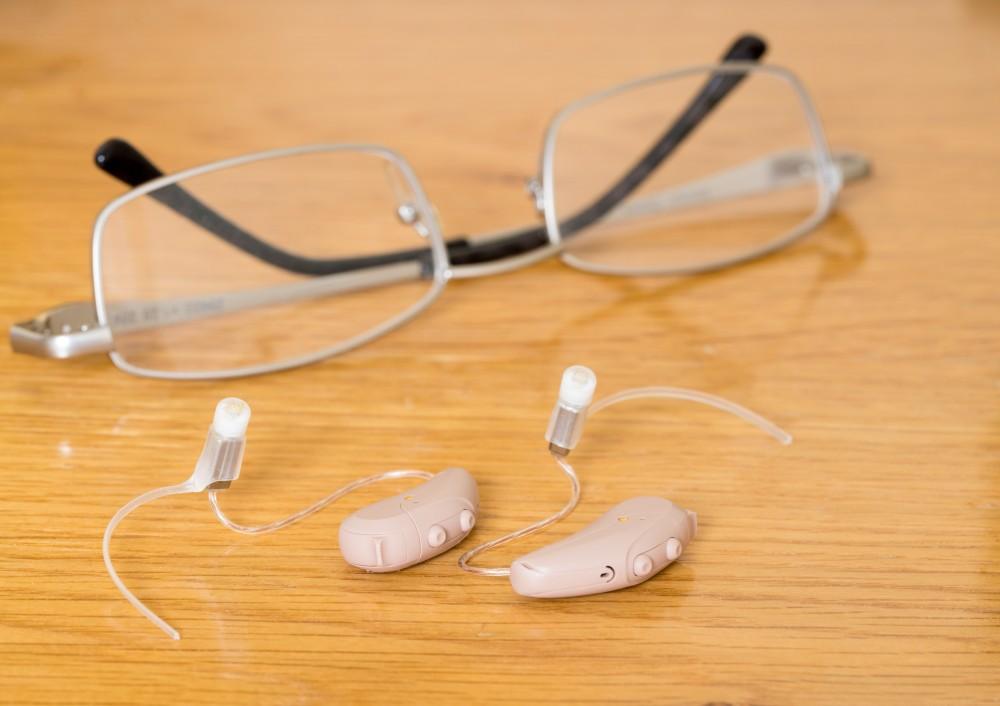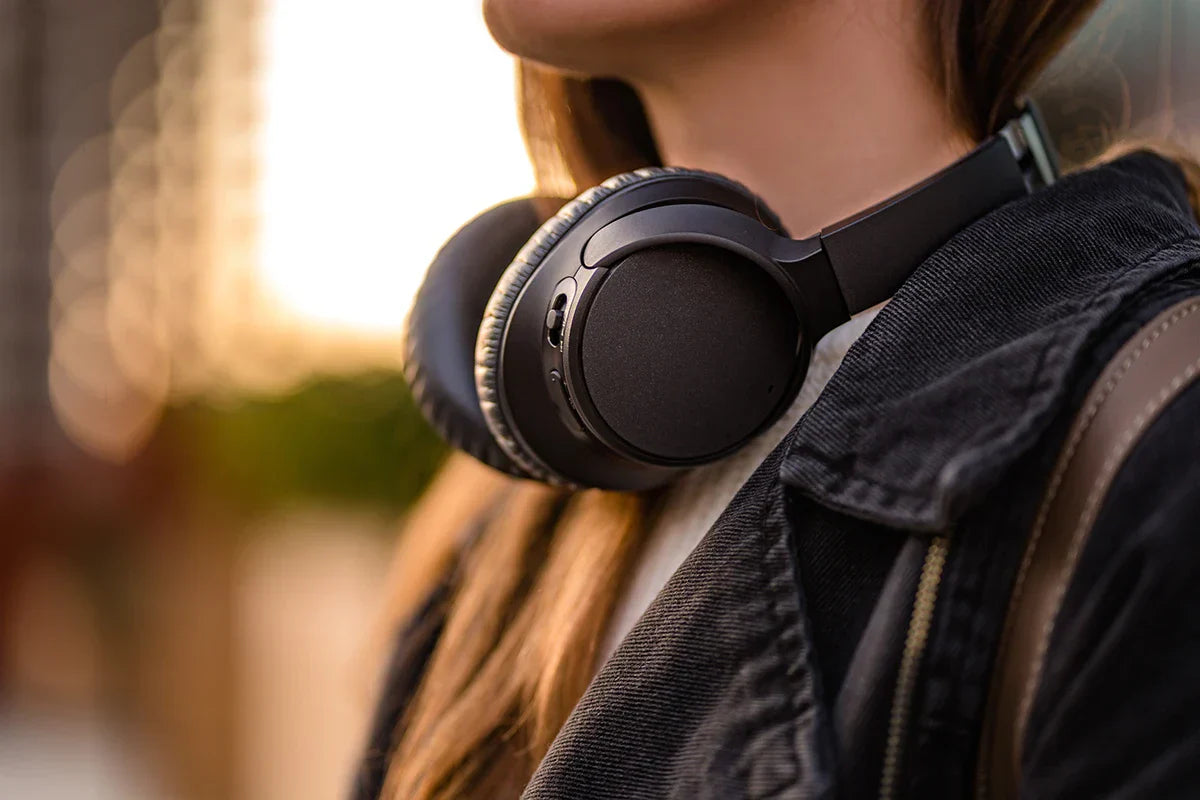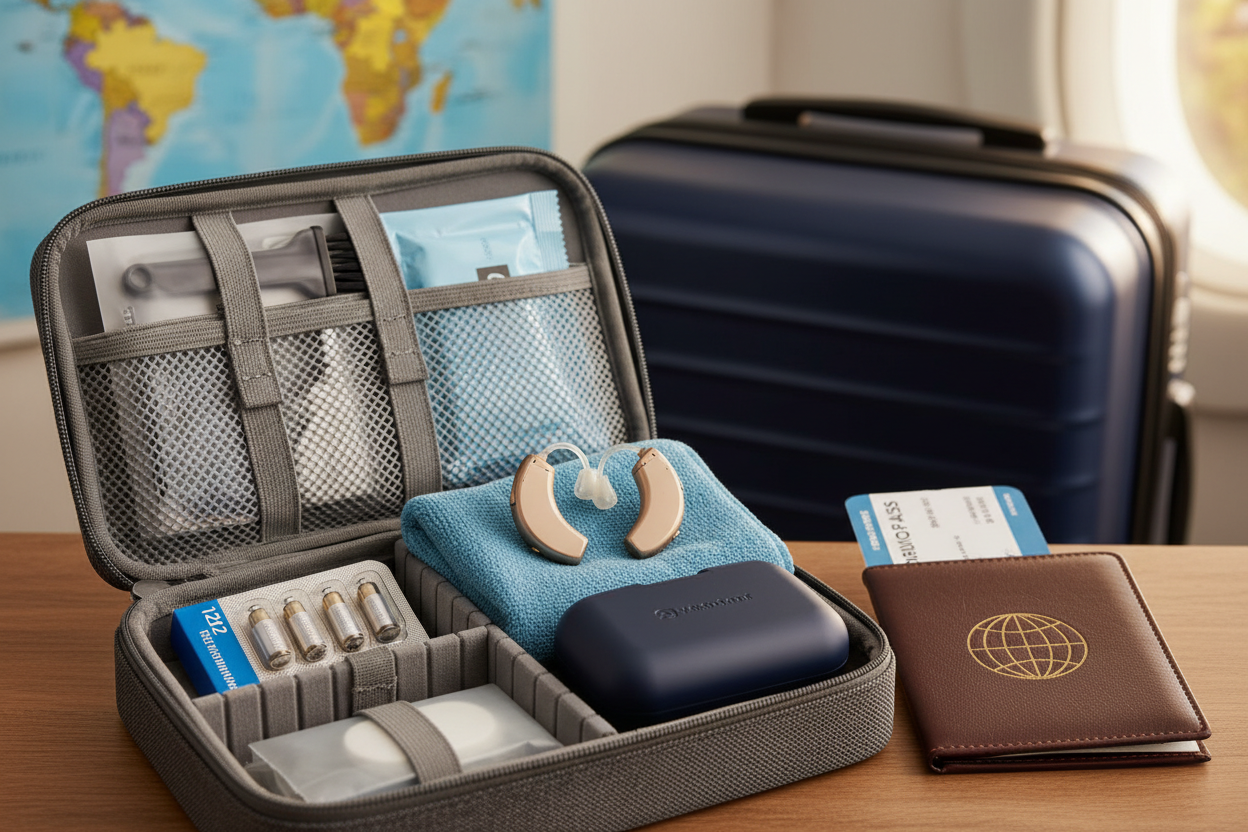Face masks and eyeglasses are part of everyday life for many of us, but if you wear hearing aids, you may already know how tricky this combination can be. Between tangled straps, muffled voices, and constant adjusting, it’s natural to wonder: Can hearing aids really work well with masks and glasses?
In this comprehensive Q&A guide, we’ll explore the challenges, solutions, and best practices so you can stay safe, stylish, and hear clearly—without constantly worrying about losing your devices.
Q1: Why do masks and glasses make hearing aids harder to wear?
Hearing aids sit behind or inside the ear. Masks and glasses also rest on or around the ears, which can cause:
- Strap tangling: Behind-the-ear (BTE) and receiver-in-canal (RIC) aids share space with mask loops and glasses temples.
- Slippage: Every time you remove your mask or adjust glasses, you risk pulling hearing aids off.
- Muffled sound: Masks block lipreading and reduce speech clarity by up to 12 decibels.
- Fogged lenses: Glasses fog up with masks, forcing you to adjust and accidentally nudge hearing aids.
So while hearing aids work, the comfort and usability can be affected.
Q2: Do certain types of hearing aids work better with masks and glasses?
Yes—style matters.
- Completely-in-canal (CIC) or invisible-in-canal (IIC): Best for mask wearers. Nothing sits behind the ear, so no strap interference.
- In-the-ear (ITE): Moderate comfort—still inside the ear, but may push slightly against mask straps.
- Behind-the-ear (BTE) and receiver-in-canal (RIC): Most common but most affected by straps and glasses. Extra care is needed.
If you’re considering new hearing aids and wear glasses daily, ask your audiologist about low-profile or custom in-ear models.
Q3: How do I keep my hearing aids from falling out when removing a mask?
Here are proven tips:
- Mask extenders / ear savers: Move straps behind your head instead of on your ears.
- Tie-on masks: Bypass the ears entirely.
- Adjust before removing: Slowly unhook one loop at a time, with one hand holding your hearing aid in place.
- Mask with adjustable straps: Looser straps reduce tugging.
- Use a hearing aid clip or tether: Clips to your shirt, so if they fall, they won’t hit the ground.
Q4: What if I wear both hearing aids and glasses—any special tricks?
Yes—layer carefully.
- Put on your hearing aids first.
- Slide on glasses second. Keep the temples (arms) resting above the hearing aid body, not pressing it down.
- Attach the mask last. If possible, use a behind-the-head extender so straps don’t fight for ear space.
Pro tip: Thinner eyeglass frames cause less interference. If you’re buying new glasses, ask about low-profile temples.
Q5: Do masks really make hearing harder, even with hearing aids?
Unfortunately, yes. Masks reduce sound clarity in two ways:
- Block high-frequency sounds (like “s” and “th”) that are crucial for speech understanding.
- Prevent lipreading and facial cues, which many people with hearing loss rely on subconsciously.
Even with hearing aids, voices may sound muffled in masked conversations.
Solutions:
- Increase your program volume or use a “speech in noise” program on your hearing aid app.
- Use Bluetooth streaming from your phone for one-on-one conversations.
- Ask conversation partners to speak slower and face you directly.
Q6: How do I stop my glasses from fogging while wearing a mask and hearing aids?
Fogged glasses add constant adjusting, which risks knocking hearing aids loose. Try:
- Tight mask fit at the nose: Use a nose wire to seal air leaks.
- Anti-fog spray or wipes for lenses.
- Tissue trick: Place a folded tissue inside the top of the mask to catch breath.
- Pull mask straps slightly lower: Reduce airflow upward.
Less fog = fewer adjustments = less chance of dislodging your hearing aids.
Q7: Are there hearing aid accessories designed for mask users?
Yes, and they can be game-changers:
- Retention cords/tethers – secure aids to clothing.
- Custom ear molds – fit more snugly, reducing slippage.
- Clip-on mask holders – take pressure off your ears.
- Remote microphones – clip to your conversation partner, stream their voice directly to your hearing aids.
Ask your audiologist which accessories match your specific brand/model.
Q8: What should I do if I lose a hearing aid at the airport, restaurant, or store?
First, don’t panic—this is common.
- Retrace your steps and check your mask straps—hearing aids often get stuck there.
- Use your hearing aid’s “Find My Device” app (many brands like Phonak, ReSound, Starkey, and Oticon offer this).
- If still lost, contact your audiologist. Many hearing aid warranties cover loss and damage replacement.
Q9: How can friends and family help during masked conversations?
Communication is a two-way street. Encourage others to:
- Speak slowly and clearly.
- Face you directly (even with masks).
- Use gestures to reinforce meaning.
- Consider clear masks with transparent windows—especially helpful for lipreading.
Q10: Should I remove my hearing aids when exercising with a mask and glasses?
It depends:
- For low-impact activities (walking, errands): Keep them in. Use clips if you sweat heavily.
- For high-intensity workouts (running, cycling): Some prefer to remove aids to prevent moisture buildup and slippage.
- If you stream audio while working out, consider sports bands or sweat guards for extra grip.
Q11: How do healthcare workers and teachers manage this daily?
Professions that require masks, glasses, and hearing aids have adopted strategies:
- Headband masks with buttons to hold straps away from ears.
- Clear face shields as alternatives in certain environments.
- Captioning apps (like Ava or Otter) for group communication.
Their experience shows it’s possible—with adjustments—to use all three successfully.
Q12: Will future hearing aid designs solve the mask/glasses problem?
Yes—manufacturers are responding. Trends include:
- Smaller, deeper in-ear aids that don’t interfere with ear space.
- Rechargeable CIC models that eliminate battery fiddling.
- Smarter directional microphones that improve speech clarity even through masks.
The pandemic accelerated innovation, making accessibility a design priority.
Quick Tips for Everyday Success
- Put on hearing aids first, then glasses, then mask.
- Use mask extenders to keep straps off your ears.
- Keep a protective case handy in case you must remove aids temporarily.
- Carry spare domes, batteries, or chargers when out.
- Communicate openly—let people know you have hearing loss and may need repetition.
Final Takeaway
Yes—hearing aids absolutely work with masks and glasses, but the combination requires patience and strategy. By choosing the right style of hearing aid, layering carefully, and using simple accessories, you can stay safe, keep your glasses fog-free, and enjoy clear hearing wherever you go.






Share:
What’s the Best Way to Travel on Airplanes with Hearing Aids?
Is It Safe to Use Headphones or Earbuds with Hearing Aids?